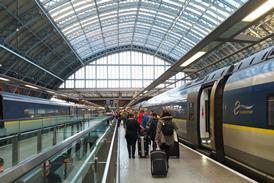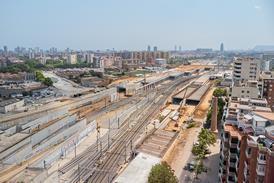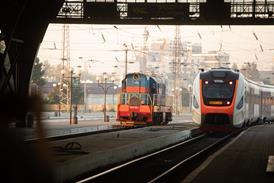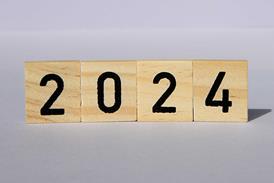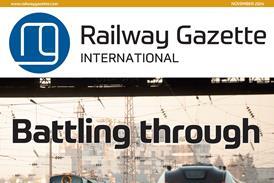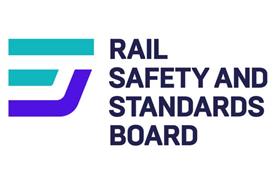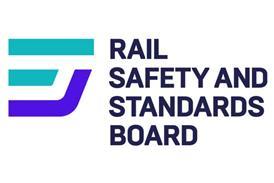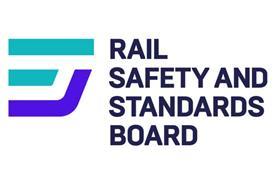SEVERAL US cities reached key milestones in their light rail development during the last week of September.
On September 28, Sacramento Regional Transit marked the start of construction on its 17·5 km extension from Mather Field Road to Folsom, which will have nine stations. Work in the Rancho Cordova area should start next month, for completion in December 2003. The $209m project includes a 1·1 km city-centre branch to the Amtrak station, and double-tracking sections of the existing Southeast line.
Four days earlier, the first 5 km segment of Dallas Area Rapid Transit’s three-year, $1bn expansion programme opened for revenue service. The Blue Line Northeast Corridor extension from the Mockingbird Lane station to White Rock cost $56m and was completed ahead of schedule. During the next two years, DART will open another 32route-km and 13 stations. The final 11·2 km section of the 54·7 km Trinity Railway Express commuter rail route between Richland Hills and Fort Worth is now expected to open on December 3.
In Houston, Mayor Lee Brown and MTA officials placed the ceremonial first rail for the 12 km Main Street light rail line in the median strip of Fannin Street on September 20. Tracklaying work began in earnest the following night.
On September 28 Pittsburgh’s Port Authority Transit board awarded a $14·6m contract to Washington Engineering & Construction Co for rebuilding the final section of the former Overbrook tram line, which is being upgraded to LRT standards. PAT has selected a bored tunnel option for its planned North Shore light rail extension to cross the Allegheny River, rather than an immersed tube. The city centre section of the $390m, 2·6 km line will be cut-and-cover, and the final third will be elevated. An environmental impact statement will be submitted to the Federal Transit Administration this month, and PAT hopes to have the line, including a branch to the convention centre, open in 2007.
The Sound Transit board in Seattle voted on September 27 to cut back the planned light rail line from 33·8 to 22·5 km, trimming the cost from $3·6bn to $2·1bn. The shortened route would run mostly at grade from the city centre to an interim terminus at South 154th Street in Tukwila, 1·6 km north of Seattle-Tacoma Airport, but would not open until 2009. A new study has been commissioned into options for serving the University and Northgate districts, where the preferred tunnel alignment proved too expensive. n

